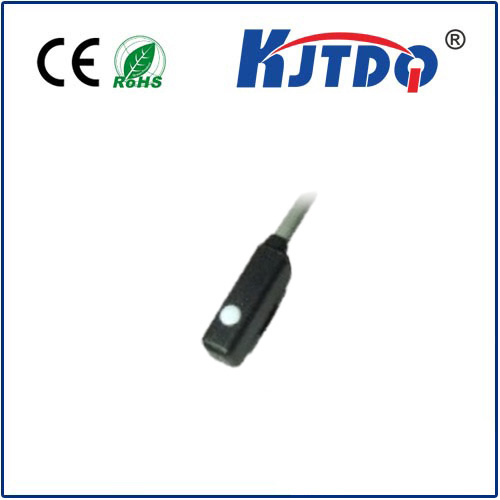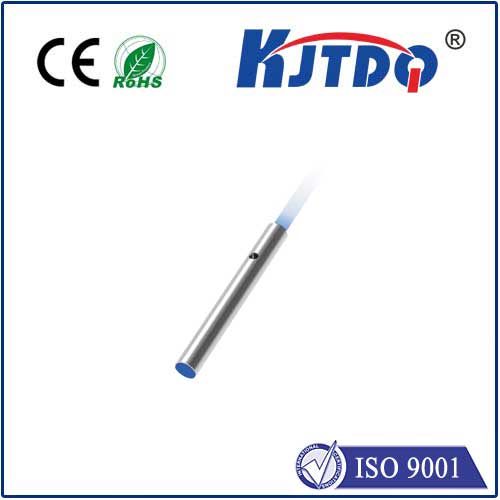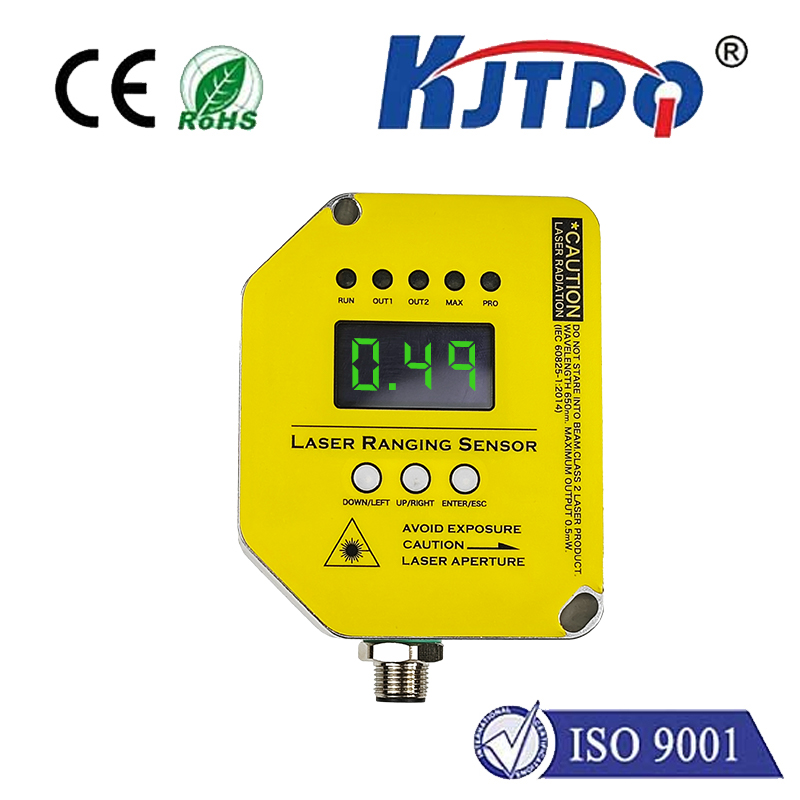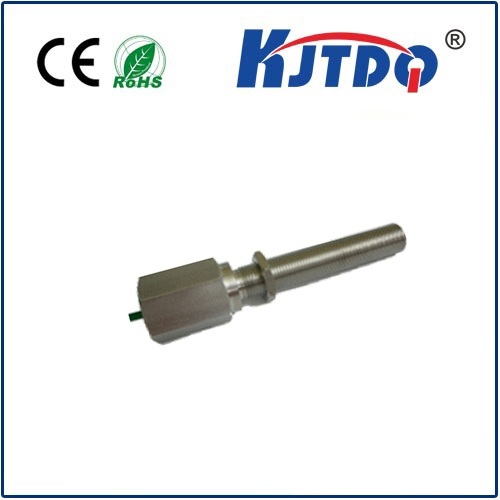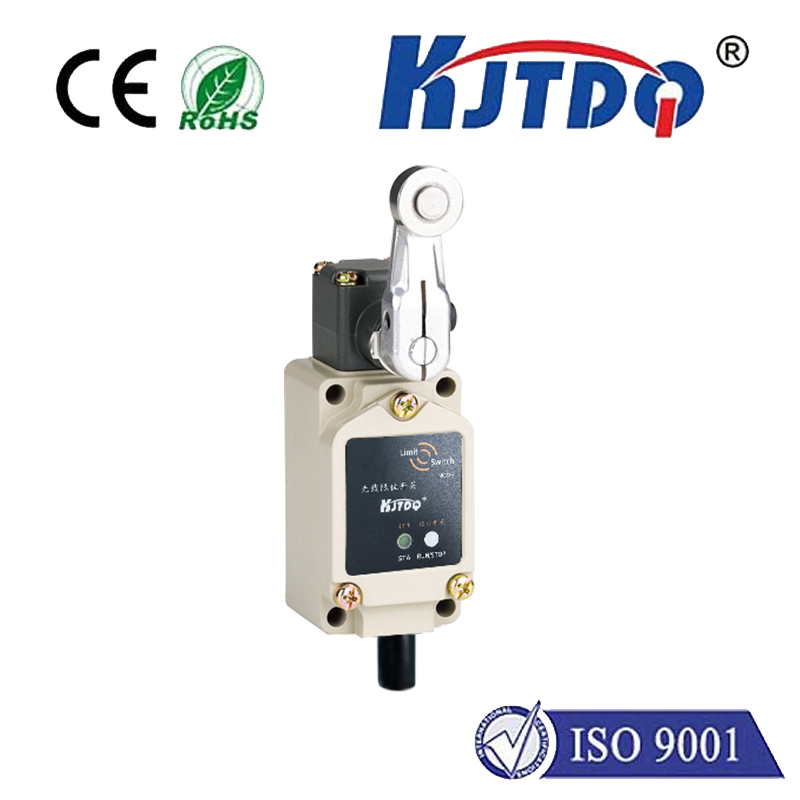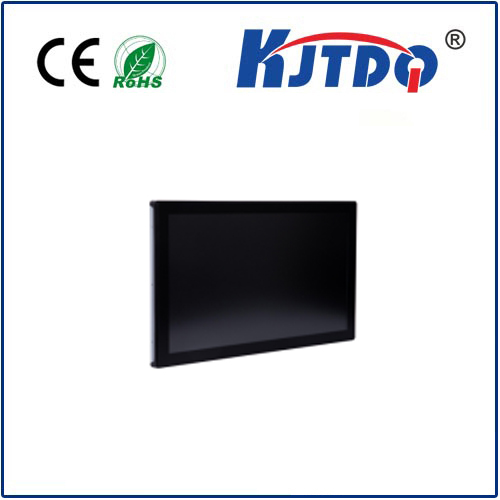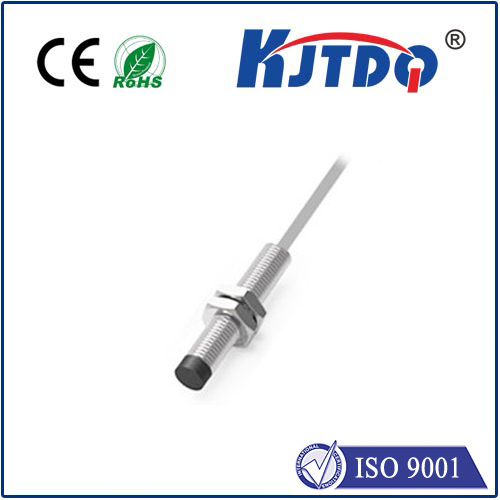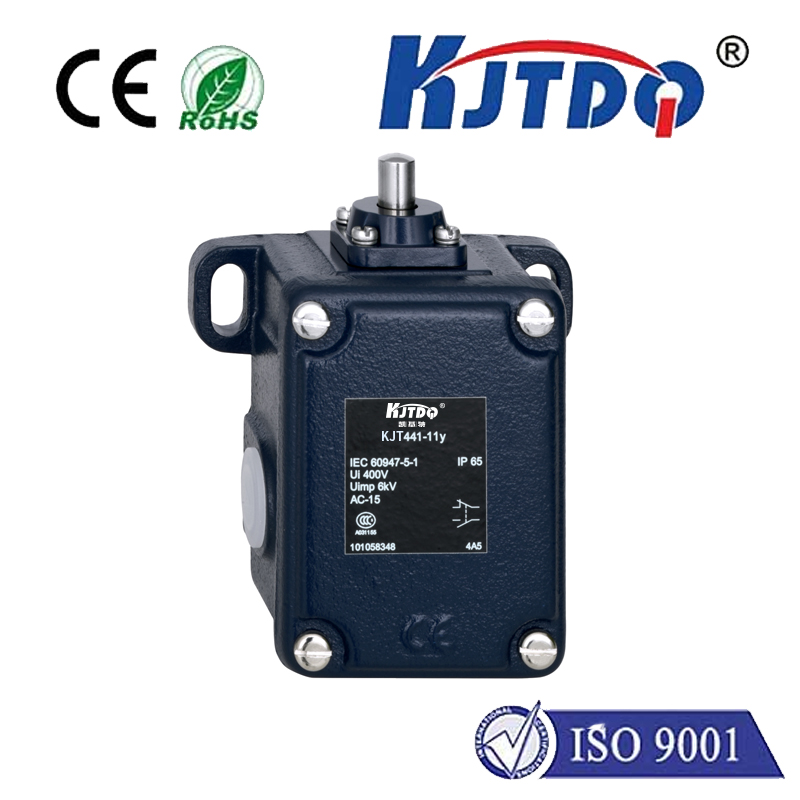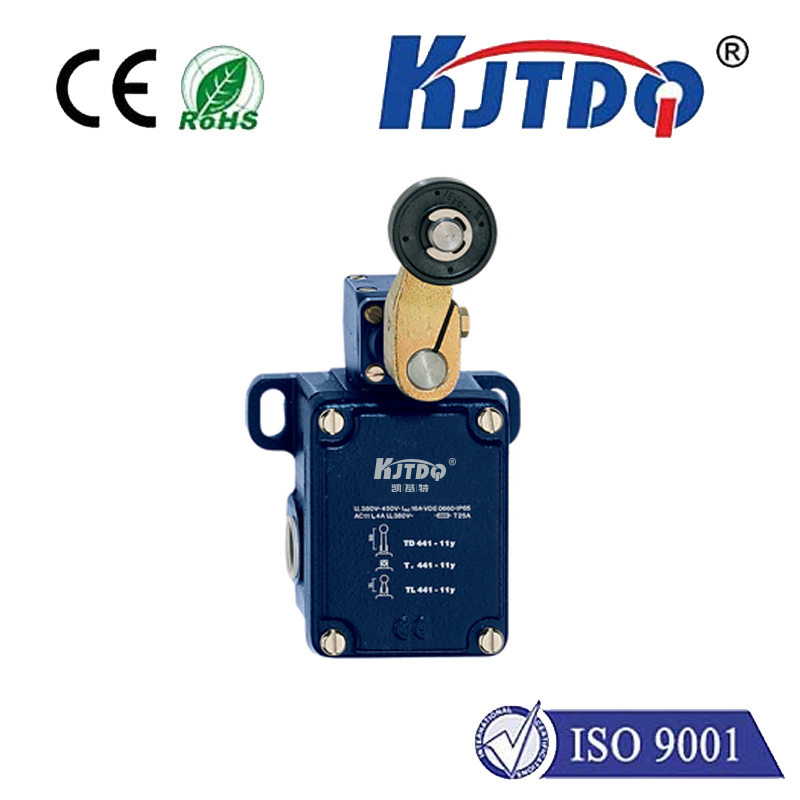laser receiver sensor
- time:2025-08-27 15:08:07
- Click:0
Laser Receiver Sensors: Capturing Light for Precision Measurement and Automation
In a world demanding ever-increasing accuracy, efficiency, and automation, a small but crucial component silently powers countless advancements: the laser receiver sensor. Imagine a construction team laying the foundation for a skyscraper, ensuring every level is perfectly horizontal. Visualize robotic arms assembling intricate electronics with micron-level precision. Consider autonomous vehicles navigating complex environments safely. Behind the scenes enabling these feats is the often-overlooked partner to the laser emitter – the laser receiver sensor – acting as the vital “eye” interpreting the laser’s message. Understanding its function, types, and diverse applications reveals why it’s a cornerstone of modern technology.
The Fundamentals: How Does a Laser Receiver Sensor Work?
At its core, a laser receiver sensor is designed to detect the presence, intensity, position, or modulation of a laser beam. Unlike generic light sensors, they are specifically optimized to achieve several critical goals:
- High Sensitivity: Capable of detecting the often low-power, coherent light emitted by lasers, even over considerable distances or in challenging ambient light conditions.
- Selectivity: Engineered to be highly responsive to the specific wavelength (color) of the laser it’s paired with, dramatically reducing interference from background light (e.g., sunlight, room lighting).
- Precision: Capable of determining the exact position where the laser beam strikes its detection surface with high accuracy, often measured in fractions of a millimeter.
- Fast Response: Able to detect rapid changes in the beam’s state (on/off, position shift) in near real-time, crucial for dynamic control systems.
The basic principle involves the sensor’s photosensitive element converting the photons of the incoming laser light into an electrical signal. This signal’s characteristics (strength, location on the sensor, timing) are then processed by integrated electronics to provide the desired output – a simple detection signal, a precise height measurement, an angular alignment reading, or data for complex guidance systems.
Key Components and Functionality

While designs vary, typical components within a laser receiver sensor include:
- Optical Filter/Aperture: Focuses incoming light and incorporates filters specifically tuned to the laser’s wavelength. This is crucial for rejecting ambient light interference and maximizing signal-to-noise ratio.
- Photodetector Array: The heart of the sensor. This can be a:
- Single photodiode: For basic presence/absence detection.
- Position-Sensitive Device (PSD): A specialized analog sensor that outputs signals proportional to the centroid position of the light spot. Essential for high-precision alignment and position detection.
- Linear Array: A single line of discrete photodiodes, offering digital position output. Common in grade lasers and simpler levelling applications.
- Quadrant Photodiode: Segmented into four sections, enabling precise centering or tracking of a beam.
- Signal Conditioning Circuitry: Amplifies the weak electrical signal from the photodetector, filters out noise, and prepares it for processing.
- Processing Unit: Interprets the conditioned signal. In advanced sensors, this includes microcontrollers that calculate position, decode modulation (e.g., for rotating lasers), and manage output interfaces.
- Output Interface: Communicates results to other systems – analog outputs (voltage/current proportional to position), digital outputs (TTL/RS232 for simple triggers), serial communication (RS485, CAN bus), or modern protocols like Ethernet/IP or IO-Link.
Types and Variations
Laser receiver sensors come in various forms to suit specific needs:
- Analog vs. Digital: Analog sensors (like PSDs) offer continuous, high-resolution position data. Digital sensors (like linear arrays) provide discrete position values and are often more robust against stray light.
- Single-Axis vs. Dual-Axis: Detect position along one direction (e.g., horizontal or vertical), or simultaneously in two perpendicular directions (X and Y). Dual-axis receivers are vital for complex alignment and guidance tasks.
- Fixed-Focus vs. Auto-Focus/Auto-Ranging: Some require manual focus adjustment to the laser emitter’s distance; others automatically adjust for optimal performance across a range.
- Integration Level: From simple photodetectors requiring external electronics to sophisticated, self-contained units with processors, displays, and multiple outputs. The level depends on the complexity required for the application.
Where Precision Meets Application: Key Industries
The laser receiver sensor finds indispensable roles across a vast spectrum:
- Construction & Surveying: This is perhaps the most visible application. Receivers mounted on grade rods, machine control systems (excavators, graders, dozers), or tripods detect rotating or linear laser beams. They provide real-time, highly accurate height or slope information for site levelling, foundation pouring, trench digging, and asphalt laying.
- Industrial Automation & Manufacturing:
- Precision Alignment: Aligning machine components, conveyor systems, robotic arms, or optical elements with micron-level accuracy.
- Object Detection & Positioning: Detecting the presence/absence, height, or precise position of objects on assembly lines for sorting, quality control, or robotic pick-and-place.
- Edge Detection & Dimension Measurement: Determining object boundaries or size with high precision for inspection.
- Barrier Systems: Creating safety light curtains where interruption of the laser beam by an object triggers a machine stop.
- Material Handling & Warehouse Automation: Guided vehicles (AGVs, LGVs) often use laser triangulation sensors (which combine an emitter and receiver) or follow overhead guidance lasers detected by onboard receivers for navigation and positioning within facilities.
- Scientific Research & Instrumentation: Used in spectroscopy setups, interferometers, particle image velocimetry (PIV), laser scanning microscopy, and countless other research tools requiring precise laser beam monitoring or positioning.
- Metrology & Calibration: Providing the means to measure distances, flatness, straightness, and squareness with high accuracy in calibration labs and manufacturing environments.
- Agriculture: Guiding tractors and implements for precision planting, spraying, and harvesting using GPS-corrected laser leveling or guidance beams.
The Undeniable Advantages
Why choose a laser receiver sensor?
- Unmatched Precision: Capable of measurements far exceeding traditional mechanical or basic optical methods. This translates to higher quality outcomes and reduced waste.
- Non-Contact Measurement: Ideal for delicate objects, high-speed processes, or situations where contact would cause damage or hinder movement.
- High Speed & Real-Time Feedback: Responds instantly to changes, enabling rapid control loops for automation and robotics.
- Robustness (in Optical Designs): With no moving parts in the core detection mechanism, modern sensors are highly reliable in demanding industrial environments (though optics need protection).
- Long Range Operation: Paired with suitable laser emitters, detection can occur over tens or even hundreds of meters.
- Versatility: A wide range of types caters to vastly different applications, from simple triggers to complex coordinate measurements.
Choosing the Right Sensor: Key Considerations
Selecting the optimal laser receiver sensor requires careful analysis:
- Detection Task: Presence? Position? Height? Distance? Accuracy requirement?
- Laser Source: Wavelength must match! Power level? Modulation type






